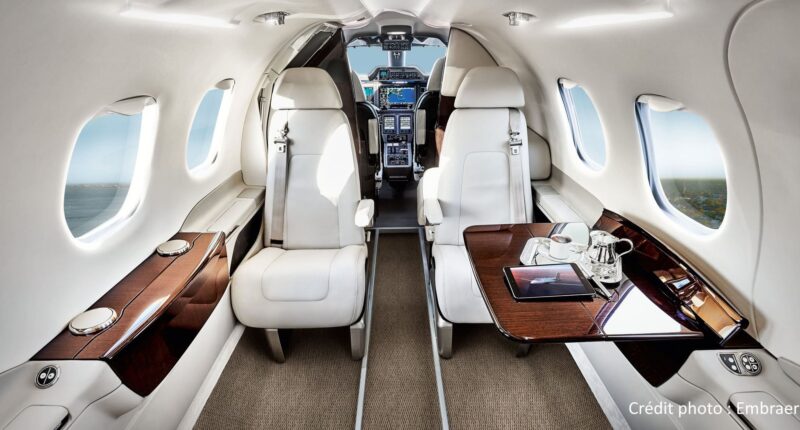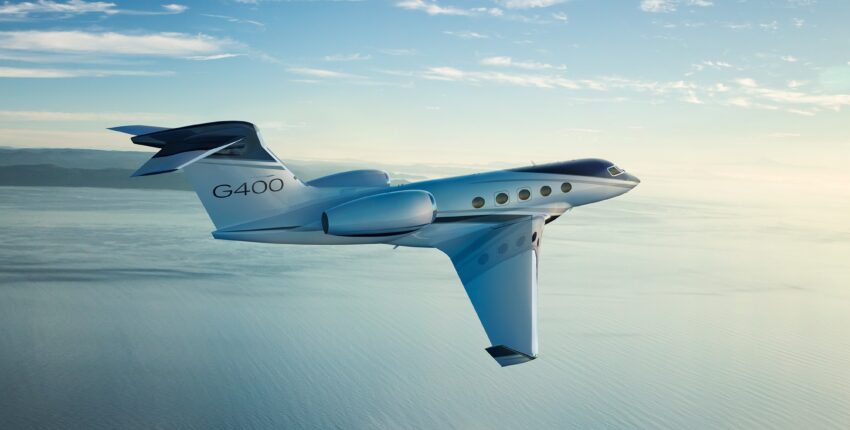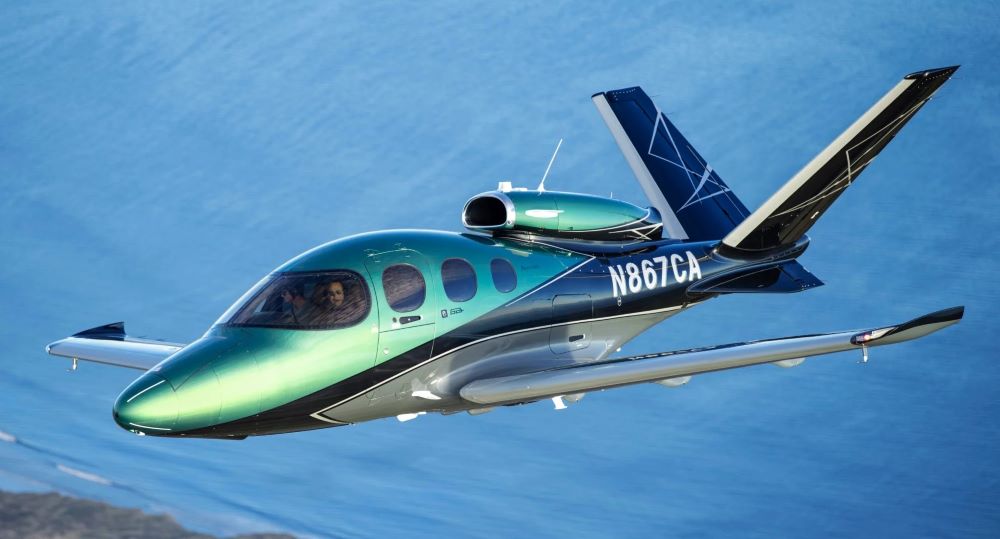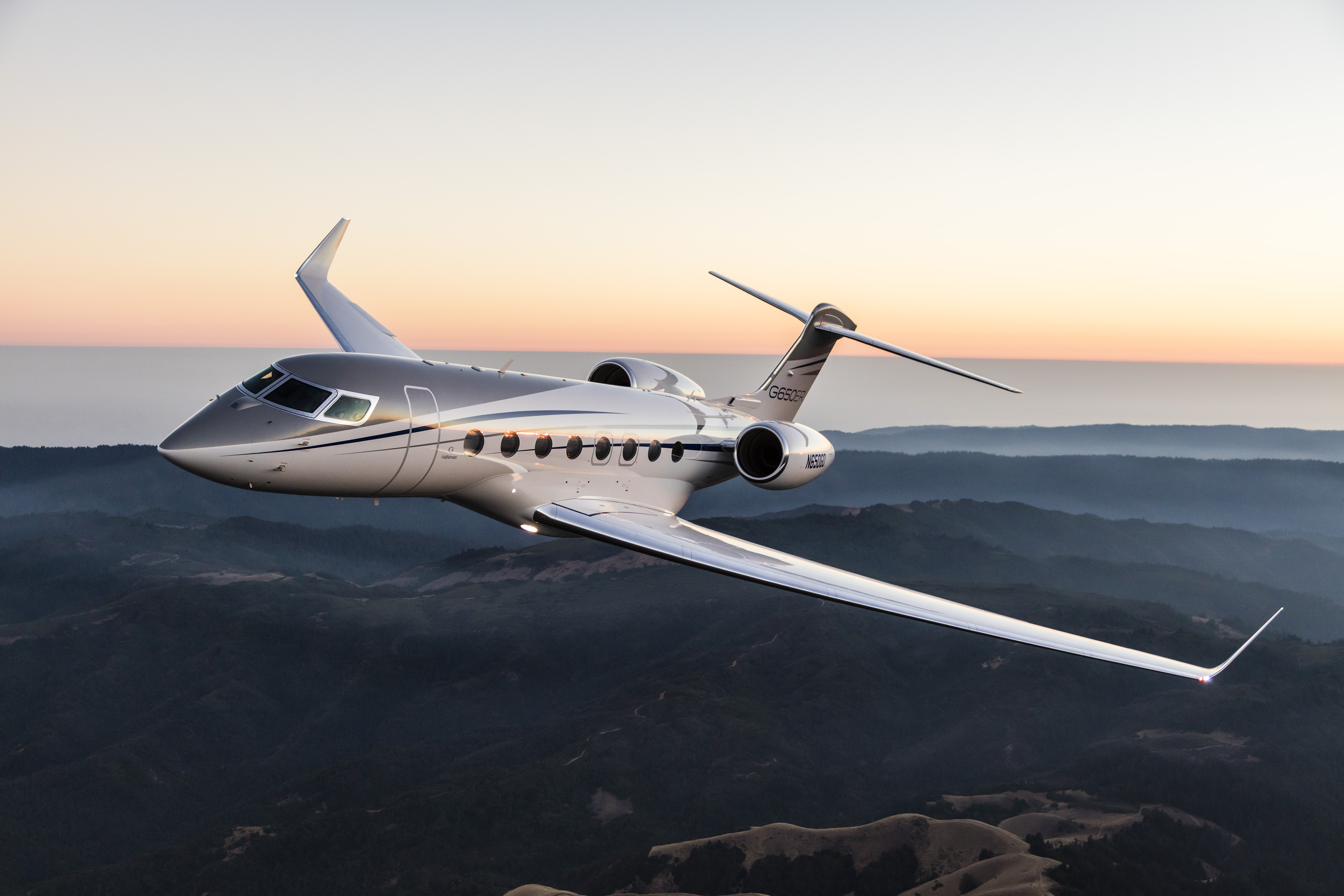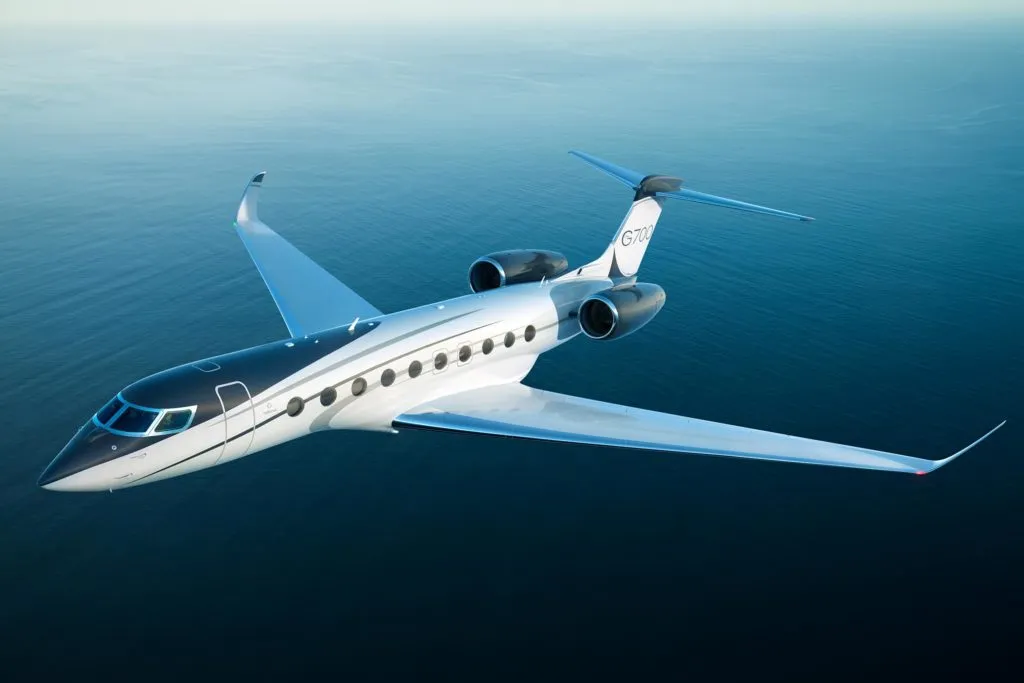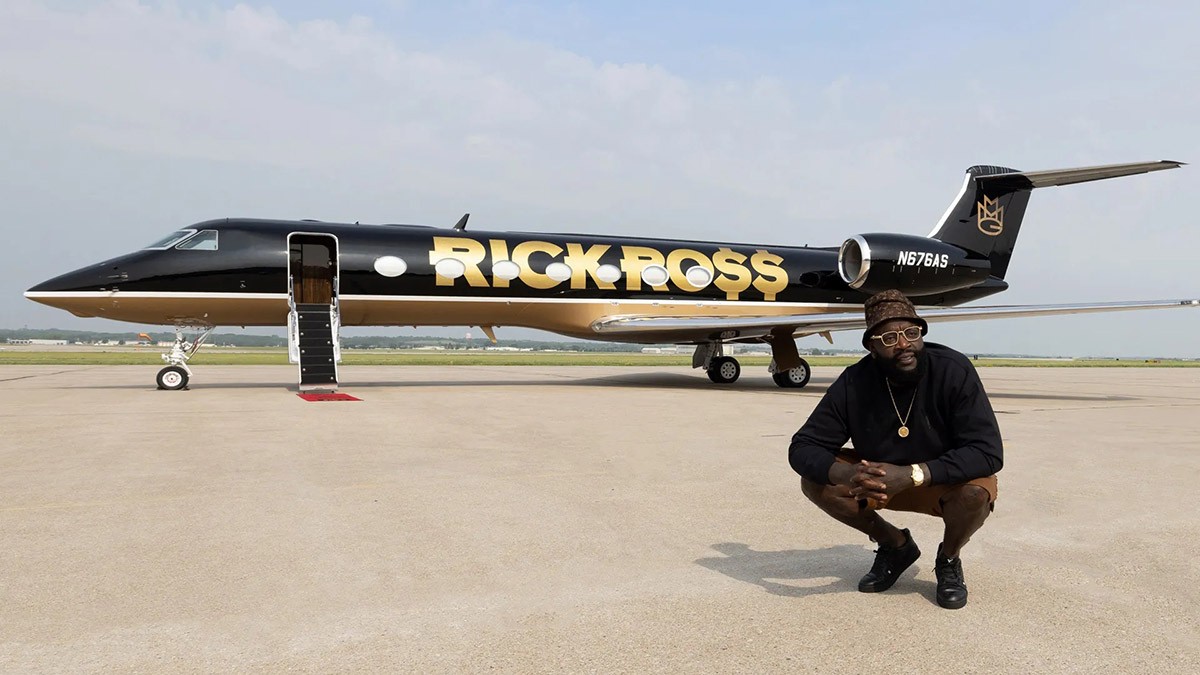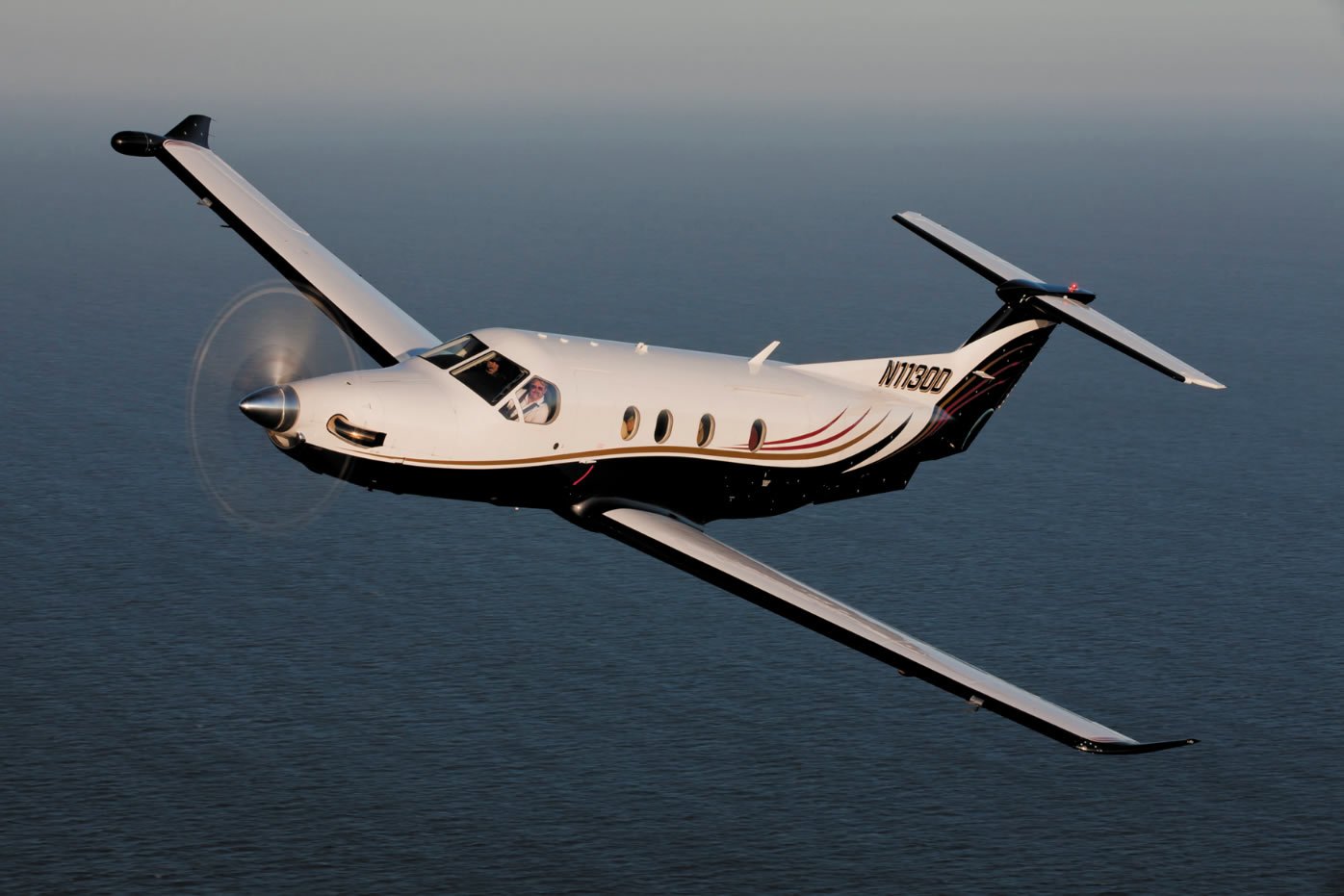The Learjet 75: A Final Chapter in Aviation Legend
8 min read

The Learjet 75 is basically the last of its kind, and that carries some weight when you're talking about a brand that practically invented the business jet mystique.
Bombardier rolled this mid-sized jet out in 2013 as an evolution of their Learjet 45. Stretched it a bit, added some power, and threw in modern avionics. The result? A pretty solid performer that handled speed, range, and cabin comfort better than most Learjets before it.
This review pulls together technical specs, operator feedback, historical records, and recent market activity to give you the full picture of what the Learjet 75 actually delivers, and whether it lives up to the legacy.
How We Got Here: The Development Story

By the early 2010s, Bombardier had a problem. The mid-sized jet market was heating up, and their existing Learjet 40 and 45 series were starting to show their age.
The solution was simple. Take what worked and make it work better.
The Learjet 75 development program wasn't about starting from scratch; it was about evolution. They grabbed the basic architecture of the Learjet 45, added some length for passenger comfort, threw in more powerful engines, and wrapped it all up with modern avionics that actually made sense to use.
Here's how the timeline played out:
- 2012: Prototype testing begins using modified Learjet 40XR and 45XR airframes. Smart move, because why build entirely new test beds when you've got proven platforms to work with?
- November 14, 2013: FAA certification comes through, and deliveries start rolling out shortly after. The timing felt right; the economy was recovering, and corporate travel budgets were loosening up.
- 2016: Plot twist. Demand for the smaller Learjet 70 basically evaporates, and Bombardier pauses that production line. The 75 keeps trucking along.
- February 2021: The announcement nobody saw coming, even though maybe we should have. Bombardier decides to kill the entire Learjet line to focus on their bigger, more profitable Challenger and Global series.
- March 28, 2022: The very last Learjet 75 rolls off the production line and gets delivered to Northern Jet Management. End of an era, just like that.
About 121 Learjet 75s were built during that nine-year production run. That's not exactly blockbuster territory, but it's not terrible either for a specialized business jet in a competitive market.
Performance: Where It Actually Matters
This is where the Learjet 75 shows its DNA. Speed has always been the Learjet calling card, and the 75 doesn't disappoint.
The numbers speak for themselves: high-speed cruise hits 465 knots (535 mph), with a max of Mach 0.81. Some reports push that top speed even higher, up to 617 mph in certain conditions. That's legitimate get-there-fast territory, the kind of performance that justifies the Learjet badge on the nose.
Range is solid at 2,040 nautical miles standard, stretching to 2,080 with four passengers. Not class-leading, but respectable enough for most transcontinental trips without fuel stops.
Here's what's more interesting, though: the efficiency story:
- Fuel burn: About 1,000 lb/hr at Mach 0.78, climbing to 1,400 lb/hr at Mach 0.80
- Service ceiling: 51,000 feet with cabin altitude staying at 8,000 feet at max altitude
- Runway performance: Improved braking system handles shorter strips better than earlier Learjets
- The wing loading comes in at 69 lb/sq ft, which translates to decent runway performance without being spectacular.
But here's what the spec sheets don't tell you: pilot feedback consistently highlights the responsive handling. Quick control inputs, good crosswind capabilities, that classic Learjet feel that makes it engaging to fly rather than just point-and-shoot.
The 75 feels fast because it is fast. And in a world where business jets sometimes prioritize comfort over performance, that still matters to a lot of operators.
Interior: Finally Getting the Cabin Right
Here's where Learjet historically struggled: making cabins that felt as good as they performed. The 75 actually gets this right, which is saying something.

The flat-floor cabin runs in a double-club configuration with swivel seats, handling up to 8 passengers when you count the belted lavatory seat. That's optimistic passenger math, but the flexibility is there if you need it.
The layout makes sense, too. Forward galley with a pocket door that actually works for noise isolation; important when you're heating up lunch while someone's trying to take a conference call. Aft lavatory placement keeps things civilized without eating up too much cabin real estate.
Modern amenities are where they should be: high-speed Wi-Fi that actually connects, entertainment systems, plenty of natural light. These sound basic now, but getting them right in a mid-sized jet isn't automatic.
What's interesting is the 75 Liberty variant, Bombardier's cost-cutting play. They ditched the standard APU and lavatory sink, focused on six seats instead of eight. Smart move for operators who wanted Learjet performance without paying for features they wouldn't use.
The real test, though? Reviews consistently mention how quiet the cabin runs and how the privacy setup works for actual business meetings in flight. That's not easy to achieve in a relatively compact fuselage.
Previous Learjets sometimes felt like fast tubes with seats bolted in. The 75 feels like someone actually thought about how people would use the space for hours at a time.
Systems and Safety: Modern Tech Where It Counts
The Learjet 75 got the avionics upgrade it needed. Garmin G5000 glass cockpit with touchscreen controls, finally, interfaces that make sense instead of requiring a manual to find basic functions. Synthetic vision and dual AHRS systems handle situational awareness, while the Engine Instrument/Crew Alerting System keeps everything running smoothly.

They also threw in ADS-B Out transponders because, well, you need those now if you want to fly anywhere useful.
Under the hood, two Honeywell TFE731-40BR turbofans push out 3,850 pounds of thrust each. The thrust reversers are a nice touch for shorter runway operations, and the efficiency improvements over earlier engines actually show up in fuel burn numbers.
What's more significant is the certification approach. Bombardier went with FAR Part 25 standards instead of the lighter Part 23 requirements you see on smaller jets. That means higher safety standards across the board; improved braking systems, better nosewheel steering, and more robust everything.
Is it overkill for a mid-sized business jet? Maybe. But when you're flying executive teams or medical patients, having that extra margin built in matters more than saving a few pounds or dollars on certification costs.
Money Talk: What It Actually Costs
Since production ended in 2022, you're shopping for a pre-owned Learjet 75 if you want one. The good news? There's inventory out there. The less good news? It's still expensive.
When these rolled off the line, list prices ran $13.8 to $14.5 million. Today's pre-owned market tells a different story, with average asking prices around $7 to $7.8 million. That's not exactly budget territory, but it's substantial depreciation from new.
Here's where ownership gets expensive. Variable costs run $2,000-2,900 per hour, with fuel eating up $1,000-1,250 of that at current prices. Maintenance adds another $1,190 hourly over five years.
Do the math on 200 hours annually, and you're looking at about $909,000 total. Bump that to 400 hours, and it jumps to $1.4 million. Fixed costs, crew, hangar, insurance, pile on another $436,000 to $613,000, regardless of how much you fly.
The breakdown looks like this for typical 200-hour annual operations:
- Fuel: $200,000-250,000 (burning 199-206 gallons per hour)
- Maintenance: $238,000
- Crew: $200,000-250,000
- Insurance: $50,000-100,000
- Hangar: $50,000
Per nautical mile, you're spending $5.05 to $7.77, depending on how you fly it. International operations or high-utilization scenarios bump everything up 20-30%.
Competition: Where It Stacks Up
The light-to-midsize jet market is crowded, and the Learjet 75 has to fight for every sale against some serious competition. Speed is its calling card, but that's not always enough.
The Embraer Phenom 300 is probably its closest rival, with a similar range at 2,010 nautical miles, a slightly larger cabin at 416 cubic feet, versus the 75's 415. But the Phenom wins on operating costs, running about $1,600-2,000 per hour compared to the Learjet's $2,000-2,900. That adds up fast over a year of flying.
Cessna brings two fighters to this party. The Citation XLS+ offers significantly more cabin space (571 cubic feet) and comparable 2,100-mile range, though it's slower at 441 knots cruise versus the Learjet's 465. The Citation CJ4 splits the difference: 2,165-mile range, 451-knot cruise, but a much tighter cabin at 293 cubic feet.
The Bottom Line: What Works and What Doesn't
The Learjet 75's biggest selling point is what Learjets have always done best: speed. Mach 0.81 capability and that 51,000-foot service ceiling let you outrun weather and traffic in ways that matter for real-world flying. Pilots consistently praise the responsive handling and short-field performance, which opens up smaller airports that bigger jets can't use.
The cabin finally feels like someone thought about actual passenger comfort. Good privacy with that pocket door setup, forward galley placement that works, and a belted lavatory that technically gets you to 9 passengers if you're creative with the counting.
The range of 2,040 nautical miles handles most transcontinental trips without fuel stops, and the aircraft has proven reliable for charter operations and medical transport. Bombardier's ongoing support helps with the longevity question, too.
But here's where it gets expensive. Operating costs run $300-400 per hour higher than competitors like the Phenom 300, driven by fuel burn and maintenance requirements. Those costs add up fast if you're flying regularly.
The cabin comfort story has limits, too. While it's better than earlier Learjets, you still don't get stand-up height, and the overall space feels tight compared to true midsize jets on longer flights. The PC-24 offers more versatility for rough field operations, and frankly, several competitors have outsold the 75 simply by offering better value propositions.
Final Verdict
The Learjet 75 makes sense in today's pre-owned market if speed and pilot appeal matter more than operating costs. At current prices under $10 million, it delivers legitimate performance for corporate travel or charter operations on shorter transcontinental routes.
But be honest about what you need. If cabin space for tall passengers is a priority, look at the Citation XLS+. If operating costs matter more than bragging rights, the Phenom 300 makes more financial sense. The PC-24 offers more versatility if you need to use challenging airports.
